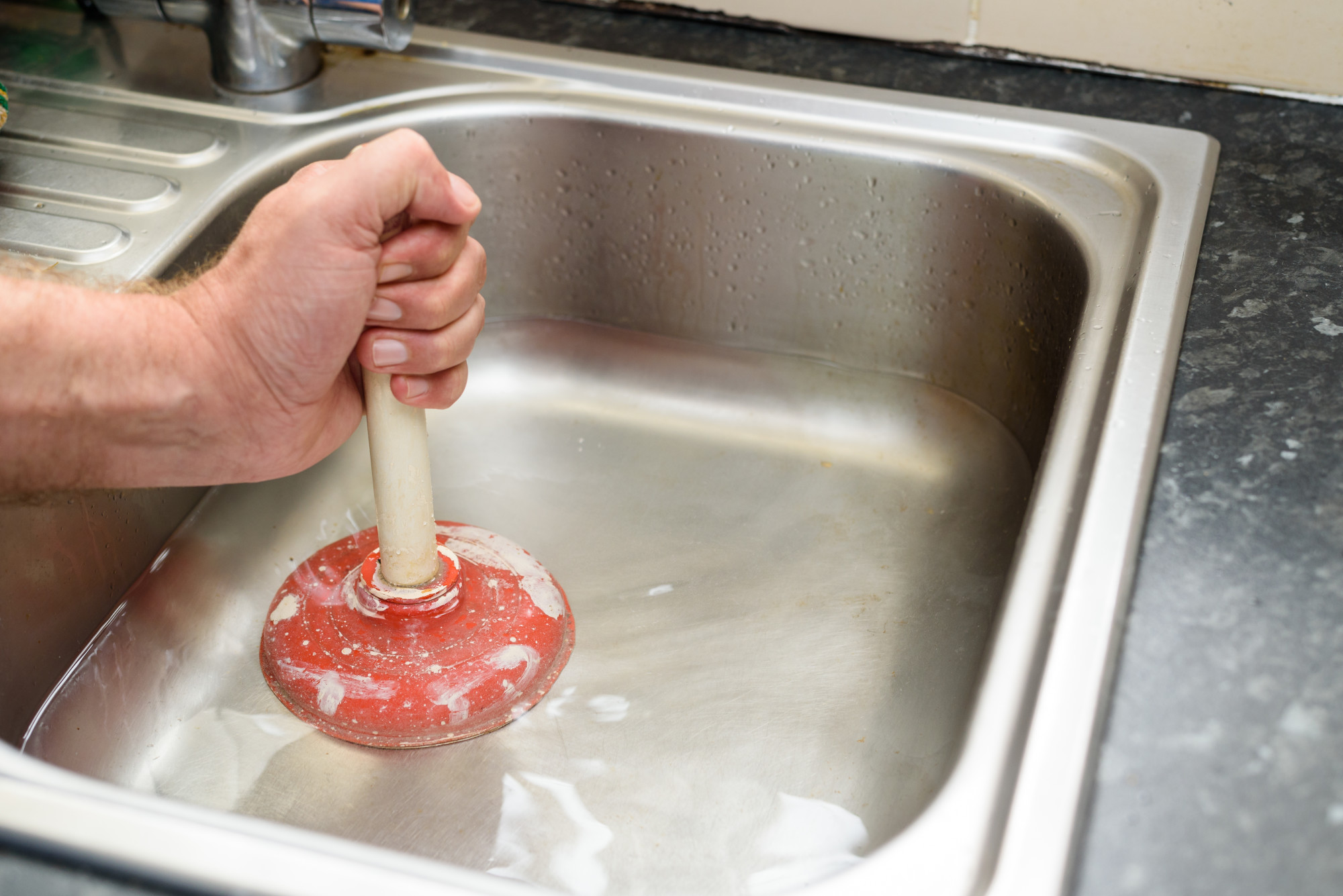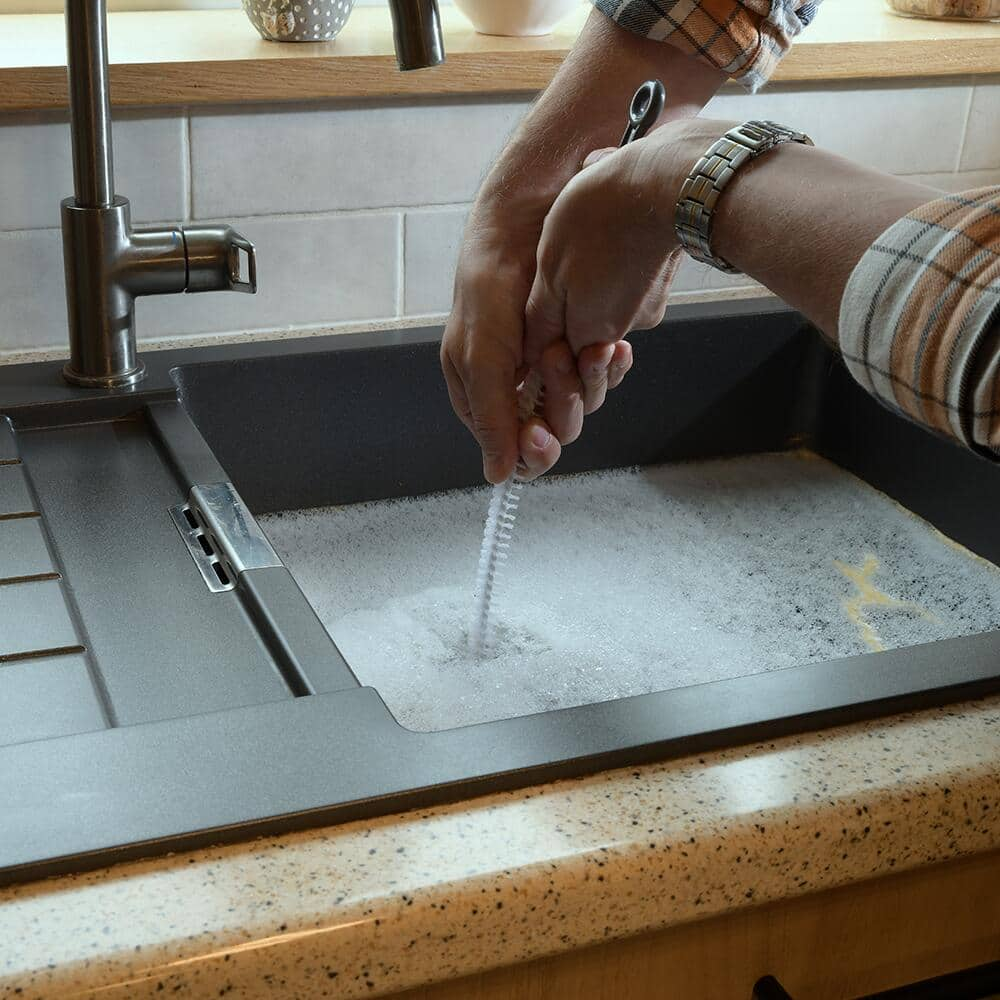Perfecting Plunger and Drain Cleaner: Expert Methods
Perfecting Plunger and Drain Cleaner: Expert Methods
Blog Article
Every person is bound to have their own way of thinking in relation to Tips on How to Effectively Use a Plunger.

Introduction
Correct maintenance of household drains pipes is vital for avoiding obstructions and making sure smooth water circulation. Among the secret tools in every house owner's toolkit is the bettor, alongside different drain cleaners made to tackle persistent obstructions efficiently. This write-up explores exactly how to make use of bettors and drain cleansers properly to maintain your drains streaming freely.
Section 1: Recognizing Bettors
Types of Plungers
There are several sorts of plungers offered, each created for various sorts of drains pipes and clogs. The most common types include mug plungers, flange bettors, and accordion plungers.
How Plungers Job
Plungers deal with the concept of producing stress and suction to displace obstructions. When correctly used over a drain, they develop a vacuum that can pull out particles or break up clogs.
Picking the Right Plunger
Choosing the appropriate bettor depends upon the type of drainpipe and the nature of the obstruction. Cup plungers are suitable for sinks and bathtubs, while flange bettors are better matched for bathrooms as a result of their design.
Usual Mistakes with Bettors
Avoiding these errors ensures reliable plunging: inappropriate seal around the drainpipe, inadequate pressure, and unclear surrounding debris.
Area 2: Using Plungers Successfully
Prep work
Before plunging, make certain the plunger covers the drain completely and creates a limited seal. Clear any type of noticeable debris around the drainpipe opening.
Method
Start with gentle diving motions to build suction. Rise stress progressively, making use of a constant rhythm. Repeat as necessary up until the drainpipe gets rid of.
Fixing Tips
If plunging doesn't work, try changing the seal, using petroleum jelly for a much better seal, or using a various sort of plunger.
Section 3: Recognizing Drain Cleansers
Types of Drain Cleaners
Drain pipes cleansers can be chemical or enzymatic. Chemical cleaners use solid chemicals to dissolve obstructions, while chemical cleaners make use of natural enzymes to break down raw material.
How Drainpipe Cleaning Company Job
Chemical cleansers respond with blockages to dissolve them, while enzymatic cleaners break down organic products like hair and grease without damaging pipelines.
Safety and security Considerations
Always put on gloves and eye security when utilizing chemical drain cleaners. Make certain adequate ventilation and follow producer directions carefully.
Eco-Friendly Alternatives
Take into consideration using vinegar and baking soda or enzyme-based cleansers for eco-friendly options that are more secure for pipelines and the setting.
Area 4: Using Drainpipe Cleansers Effectively
Application Methods
Put chemical cleaners directly into the drainpipe opening. Allow them to help the suggested time prior to purging with hot water. Enzymatic cleansers ought to rest overnight.
Preventative measures
Prevent blending different sorts of cleaners, as this can create harmful fumes. Never use chemical cleansers combined with a plunger, as splashing can occur.
Dealing With Stubborn Blockages
For relentless blockages, take into consideration utilizing a plumbing serpent or calling a specialist plumber to avoid damages to pipelines.
Verdict
Finally, recognizing how to make use of bettors and drainpipe cleansers successfully is important for preserving healthy and balanced plumbing systems. By selecting the right devices and methods, property owners can tackle small obstructions and stop significant plumbing issues down the line.
5 Steps on How to Use a Plunger Effectively
Creating a Seal: Place the rubber cup of the plunger firmly over the toilet drain hole to create an airtight seal. This seal is crucial to prevent air from escaping and ensure effective plunging.
Plunge Gently: Gently press the plunger down to compress the air inside without causing splashing. This careful action sets the stage for effective unclogging without creating a mess.
Maintaining Pressure: Consistently apply pressure to the plunger while pushing and pulling it up and down. This sustained pressure generates the force needed to dislodge the clog.
Breaking the Clog: Continue plunging until you feel the clog release. Look for the water to start draining, indicating successful removal of the blockage.
Flushing and Cleaning: After clearing the clog, flush the toilet to confirm it's working properly. Clean the plunger with warm, soapy water and disinfect it for future use to maintain hygiene.
Additional Tips on How to Correctly Use a Plunger
if you encounter resistance, add some water to the bowl to create better suction;
check the plunger for any rubber cracks to ensure it's in good condition;
exercise patience and persistence, as certain clogs might need multiple attempts.
Mistakes to Avoid when Using Toilet Plunger
avoid using excessive force, as it may damage the toilet;
don't rush the process; take your time to ensure a proper seal and pressure;
never use a plunger if you've recently used chemical drain cleaners
Conclusion
Mastering the art of how to properly use a plunger is a valuable skill for every homeowner. By employing the correct techniques, you can effectively address clogs and ensure your toilet functions smoothly. Patience, persistence, and proactive in maintaining your plunger's hygiene are key to success in this endeavor.
Armed with these skills and principles, you can confidently handle plumbing issues as they arise, promoting a well-functioning and hygienic home environment.
https://homealliance.com/blogs/how-to-effectively-use-a-plunger-the-ultimate-guide

Application Methods
Put chemical cleaners directly into the drainpipe opening. Allow them to help the suggested time prior to purging with hot water. Enzymatic cleansers ought to rest overnight.
Preventative measures
Prevent blending different sorts of cleaners, as this can create harmful fumes. Never use chemical cleansers combined with a plunger, as splashing can occur.
Dealing With Stubborn Blockages
For relentless blockages, take into consideration utilizing a plumbing serpent or calling a specialist plumber to avoid damages to pipelines.
Verdict
Finally, recognizing how to make use of bettors and drainpipe cleansers successfully is important for preserving healthy and balanced plumbing systems. By selecting the right devices and methods, property owners can tackle small obstructions and stop significant plumbing issues down the line.
5 Steps on How to Use a Plunger Effectively
Creating a Seal: Place the rubber cup of the plunger firmly over the toilet drain hole to create an airtight seal. This seal is crucial to prevent air from escaping and ensure effective plunging. Plunge Gently: Gently press the plunger down to compress the air inside without causing splashing. This careful action sets the stage for effective unclogging without creating a mess. Maintaining Pressure: Consistently apply pressure to the plunger while pushing and pulling it up and down. This sustained pressure generates the force needed to dislodge the clog. Breaking the Clog: Continue plunging until you feel the clog release. Look for the water to start draining, indicating successful removal of the blockage. Flushing and Cleaning: After clearing the clog, flush the toilet to confirm it's working properly. Clean the plunger with warm, soapy water and disinfect it for future use to maintain hygiene. Additional Tips on How to Correctly Use a Plunger
if you encounter resistance, add some water to the bowl to create better suction; check the plunger for any rubber cracks to ensure it's in good condition; exercise patience and persistence, as certain clogs might need multiple attempts. Mistakes to Avoid when Using Toilet Plunger
avoid using excessive force, as it may damage the toilet; don't rush the process; take your time to ensure a proper seal and pressure; never use a plunger if you've recently used chemical drain cleaners Conclusion
Mastering the art of how to properly use a plunger is a valuable skill for every homeowner. By employing the correct techniques, you can effectively address clogs and ensure your toilet functions smoothly. Patience, persistence, and proactive in maintaining your plunger's hygiene are key to success in this endeavor.
Armed with these skills and principles, you can confidently handle plumbing issues as they arise, promoting a well-functioning and hygienic home environment.
https://homealliance.com/blogs/how-to-effectively-use-a-plunger-the-ultimate-guide

We had been introduced to that write-up on How to Unclog Your Sink with a Plunger from an associate on another web page. Those who appreciated our blog post plz be sure to pass it around. Thanks for being here. Don't hesitate to come by our website back soon.
Book Inspection Report this page